-
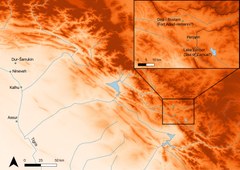
Map showing the location of Gird-i Rostam, Lake Zeribor and the Assyrian capitals
Map showing the location of Gird-i Rostam, Lake Zeribor and the Assyrian capitals (credit: Dr. Andrea Squitieri, Ludwig-Maximilians-University, Munich).
Read More
-

Aerial photograph showing the state of the excavations at Gird-i Rostam at the end of the 2019 season, taken from a drone
Aerial photograph showing the state of the excavations at Gird-i Rostam at the end of the 2019 season, taken from a drone (credit: Dr. Andrea Squitieri, Ludwig-Maximilians-University, Munich).
Read More
-
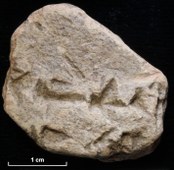
Fragmentary cuneiform inscription from Gird-i Rostam
Fragmentary cuneiform inscription from Gird-i Rostam (credit: Dr. Andrea Squitieri, Ludwig-Maximilians-University, Munich).
Read More
-
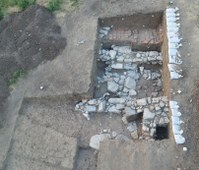
Architecture exposed at Gird-i Rostam, as of the end of the 2019 season
Architecture exposed at Gird-i Rostam, as of the end of the 2019 season (credit: Dr. Andrea Squitieri, Ludwig-Maximilians-University, Munich).
Read More
-

Copy of Cyriacus's drawing of the inscribed base of an ancient sundial on Samothrace, c. 1475, Bodleian MS. lat. misc. d. 85, f. 137r.
Read More
-
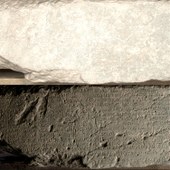
Detail of astronomical inscription from Keskintos, Rhodes: (top) in direct light (bottom) with modified reflectance from RTI file.
Read More
-
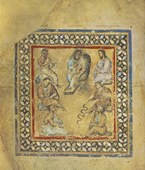
Dioscorides, author; illustrator unknown. The Vienna Dioscorides, De Materia Medica. Folio 3 verso, Seven Physicians with Galen Enthroned at Center. Pigment on parchment, Byzantine, ca. 515 CE, Österreichische Nationalbibliothek, Vienna.
Read More
-
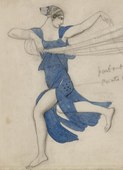
Léon Bakst Costume Design for Tamara Karsavina as Chloé
Léon Bakst
Costume Design for Tamara Karsavina as Chloé, for Daphnis et Chloé (detail)
ca. 1912
Graphite and tempera and/or watercolor on paper
H. 28.2 cm; W. 44.7 cm
Wadsworth Atheneum Museum of Art, Hartford, CT, The Ella Gallup Sumner and Mary Catlin Sumner Collection Fund: 1933.392
Image: Allen Phillips/Wadsworth Atheneum
Read More
-
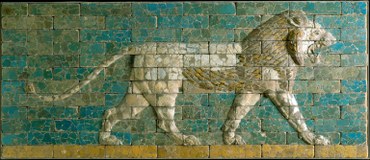
Reconstructed panel of bricks with a striding lion. Neo-Babylonian Period (reign of Nebuchadnezzar II, ca. 604–562 BCE), molded and glazed baked clay, Processional Way, El-Kasr Mound, Babylon (modern Hillah), Iraq. H. 99.7 cm; W. 230.5 cm. The Metropolitan Museum of Art, New York, Fletcher Fund, 1931: 31.13.2. CC0 1.0 Image courtesy of The Metropolitan Museum of Art
Reconstructed panel of bricks with a striding lion. Neo-Babylonian Period (reign of Nebuchadnezzar II, ca. 604–562 BCE), molded and glazed baked clay, Processional Way, El-Kasr Mound, Babylon (modern Hillah), Iraq. H. 99.7 cm; W. 230.5 cm. The Metropolitan Museum of Art, New York, Fletcher Fund, 1931: 31.13.2. CC0 1.0 Image courtesy of The Metropolitan Museum of Art
Read More








